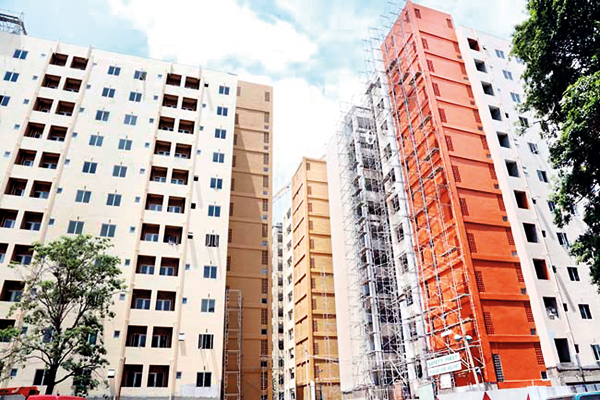Reply To:
Name - Reply Comment
Last Updated : 2024-04-19 00:10:00
.jpg) ri Lanka is one of the least urbanized countries in the world. Sri Lanka’s low level of urbanization appears to be an exception for a middle-income country. Possible reasons for low urbanization include historical factors such as development of good social infrastructure around the country, as well as more recent trends such as rising property prices. Low urbanization also offers an opportunity to fast-track overall economic growth by encouraging faster urbanization and by promoting Colombo as a regional city. Sri Lanka can also tap growing global investor appetite for investing in opportunities around urbanization and emerging global cities.
ri Lanka is one of the least urbanized countries in the world. Sri Lanka’s low level of urbanization appears to be an exception for a middle-income country. Possible reasons for low urbanization include historical factors such as development of good social infrastructure around the country, as well as more recent trends such as rising property prices. Low urbanization also offers an opportunity to fast-track overall economic growth by encouraging faster urbanization and by promoting Colombo as a regional city. Sri Lanka can also tap growing global investor appetite for investing in opportunities around urbanization and emerging global cities. 
(1)(169).jpg)
(1)(169).jpg)
(1)(169).jpg)
(1)(169).jpg)
bandara Wednesday, 15 October 2014 07:22 AM
good one... via DM Android App

Add comment
Comments will be edited (grammar, spelling and slang) and authorized at the discretion of Daily Mirror online. The website also has the right not to publish selected comments.
Reply To:
Name - Reply Comment
On March 26, a couple arriving from Thailand was arrested with 88 live animal
According to villagers from Naula-Moragolla out of 105 families 80 can afford
Is the situation in Sri Lanka so grim that locals harbour hope that they coul
A recent post on social media revealed that three purple-faced langurs near t

10 Apr 2024
09 Apr 2024